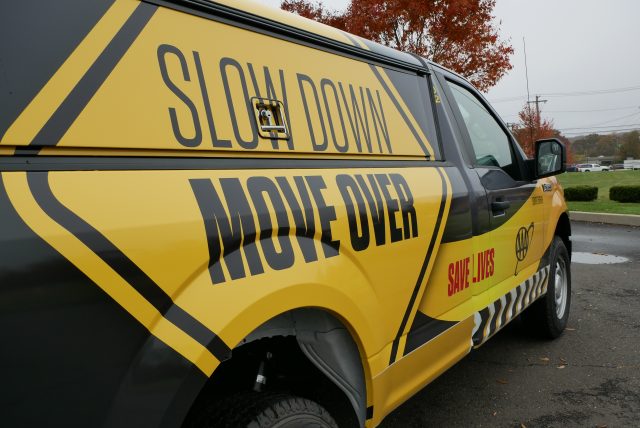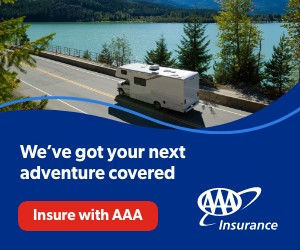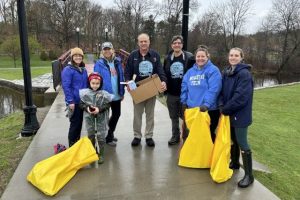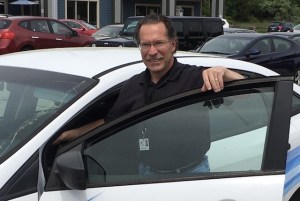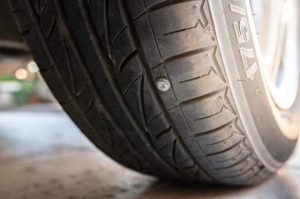If your car has ever broken down unexpectedly, you know how dangerous and unsettling it can feel to be stuck at the roadside as cars whizz past. Roadside technicians, police officers, firefighters and rescue workers, put themselves in harm’s way to help people in that situation every day.
AAA roadside technicians Ken Young and Jay Lynk might understand the risks better than anyone. Both were involved in serious crashes that could have been prevented if drivers had simply slowed down and moved over. An average of two roadside service providers are killed each month attending to disabled vehicles along America’s roadways, and many more are injured.
“If you see someone with their lights on or even their hazards on, give them 6 inches, give them a foot. Have some compassion,” Young said. “What would you do if you hit somebody that was in your family?”
Largely due to AAA advocacy, all states and Washington, D.C., have enacted Slow Down, Move Over laws. Although they vary slightly by state, they are straightforward. Whenever approaching an incident where police, firefighters, emergency medical service crews or tow operators are working, drivers should exercise caution, decrease their speed and move over. This gives first responders more room to work and helps to maintain a safer environment for everyone.
“Despite being passed in all 50 states, 71% of Americans are unaware of Move Over laws that require drivers to reduce their speed and switch lanes before they pass disabled vehicles, emergency responders, tow trucks and service vehicles stopped at the roadside,” said Mary Maguire, vice president of public and government affairs at AAA Northeast. “Our goal is to spread awareness and save lives.”
“Ensuring the safety of our team and our members is at the core of who we are and what we do. It’s why our members trust us,” said John Galvin, president and CEO of AAA Northeast. “Our roadside technicians must first ensure they are safe, and the scene is safe, before providing service to the member.”
AAA’s #MoveOverForMe campaign aims to help motorists understand that by simply slowing down and moving to an adjacent lane they can save lives. To protect roadside workers and improve highway safety, AAA offers these precautionary tips:
- Always remain alert. Avoid distractions and focus on the task of driving.
- Watch for situations where emergency vehicles, tow trucks, utility service vehicles or disabled vehicles are stopped on the side of the road.
- When approaching an emergency vehicle with lights flashing on the side of a two-lane roadway, drivers should slow down to a speed that is safe and approach with caution unless otherwise directed by an emergency worker on the scene. Some states recommend slowing to a speed that is 10 to 20 mph less than the posted speed limit.
- On multi-lane roadways, slow down when you see the flashing lights of an emergency vehicle at the roadside and, if possible, move over into an adjacent lane. If you are unable to switch lanes, slow to a speed that is safe and reasonable. Some states recommend slowing to a speed that is 10-20 mph less than the posted speed limit.
Read more about the AAA Slow Down, Move Over initiative.



